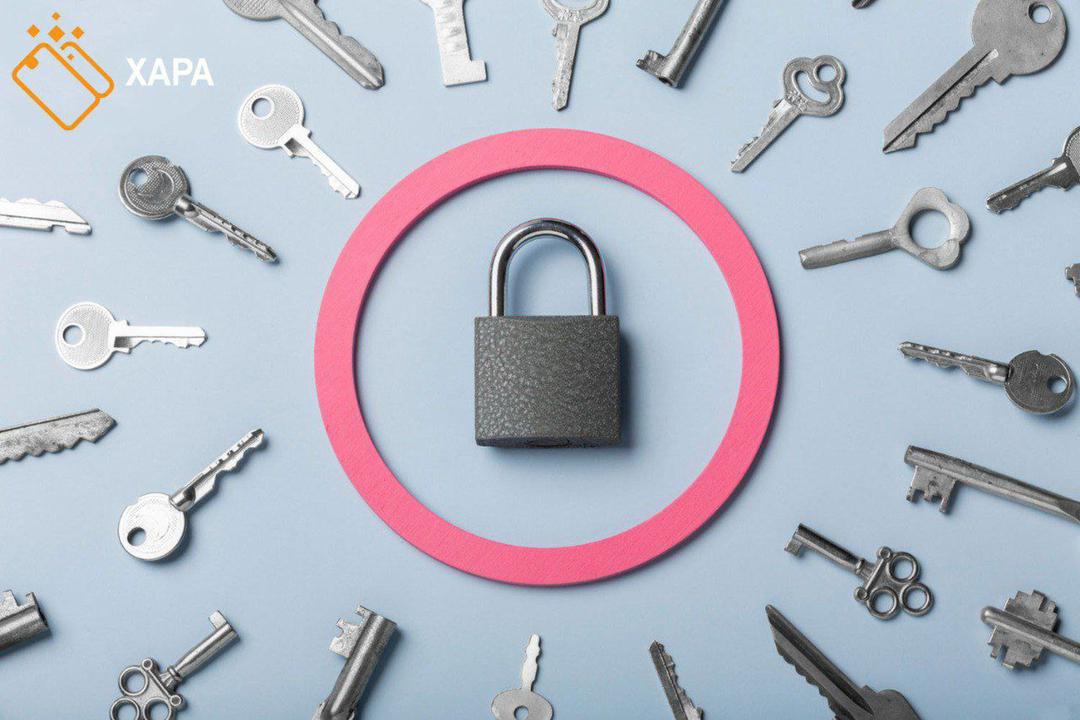
Stealth Addresses and All You Need To Know About Them
A blockchain network is a distributed ledger, much like a shared database that contains the transaction amount and the sender and recipient’s address. It is quite impossible to completely hide a blockchain transaction as this information is visible to all network participants, meaning everyone can see details of a transaction such as the amount, date, the wallets or the entities involved. Although this is not an inherently bad feature, a user with motive may be able to trace transactions back to parties involved and identify them.
One of the most crucial characteristics of cryptocurrency is its lack of data and anonymity. A standard cryptocurrency transaction requires an address from each party. However, these addresses are not recorded by the network and the transaction does not include address owners. But how do we make transactions even more secure? We asked stealth addresses for help!
What are stealth addresses?
Originally introduce in the context of Bitcoin by Peter Todd in 2014, stealth addresses go a step further by hiding the identity of the recipient as well as adding a layer of protection for users that do not want the transaction data to be openly tied to them. Their job is to provide privacy for transactions on Ethereum.
How do they work?
In simple words, stealth addresses can be thought of a wallet address that is cryptographically tied to the recipient’s public address. Technically, each transaction has two parties: a sender and a recipient. However, using stealth addresses, the transaction can only be controlled by the recipient. Here’s how it works:
The recipient first of all generates a secret spending key, then creates a stealth meta-address with it, and shares it with the sender. The sender then performs a computation to generate a stealth address that belongs to the recipient. Next, the sender sends assets to the stealth address and publishes some extra cryptographic data on-chain. The recipient scans the chain for the cryptographic data and claims the assets using their spending key.
Overall, what this system does is generate new addresses for each transaction automatically so users wouldn’t have to create them manually each time they want to use the system. Although stealth addresses may not be perfect, they were designed to help increase the overall privacy in the Ethereum network and so far, they have managed to do so perfectly.
Follow Xapa on social media and stay tuned for more!





